Do Certain Golf Balls Go Further? Brand and Cost Considerations
This post contains affiliate links from which Golfing Focus earns a commission (at no cost to you).
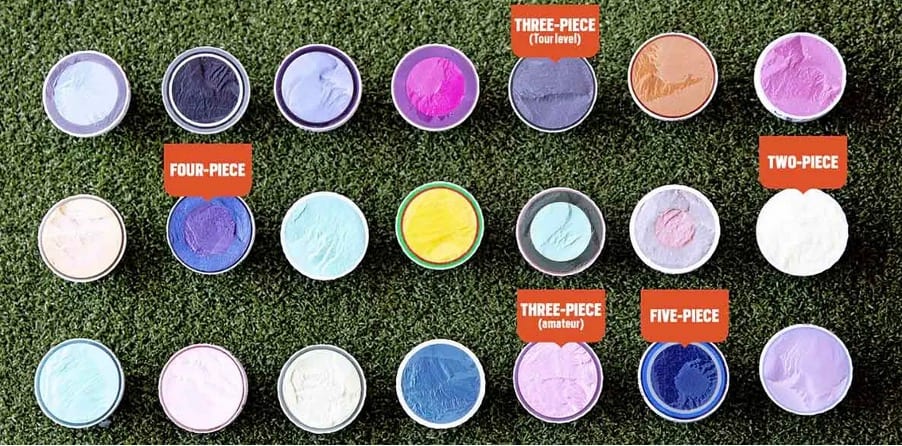
In a recent interview Gary Player, the nine-time major championship winner and one of the greatest golfers ever to play the game, gave his view on modern golf balls and how far they go.
“No one golf ball goes further than the other. I’ve tried them all!” he was quoted as saying.
But if you read through all the marketing material from golf ball makers and sometimes see claims that this or that ball is ‘the longest golf ball in the world’ you would be forgiven for getting a bit confused.
So who is right?
Golf balls do not all go the same distance and certain balls go further than others by up to 10.2 yards according to robot testing by Today’s Golfer. Comparable testing by MyGolfSpy showed bigger distance differences between balls when hit at high swingspeeds but that distance gains are hard to realise at slow swingspeeds.
Given the importance of distance in the modern game as evidenced by all the stats, choosing a golf ball that gives you maximum distance clearly makes sense but the process to make that choice can seem overwhelming to many golfers these days.
There are 1,229 golf balls available to choose from according to the latest ‘‘List of Conforming Golf Balls’ issued by golf’s two governing bodies – the USGA and R&A – so while choice is of course a great thing with so many options available it is easy to see why many golfers get confused.
So in the remainder of this article we take a detailed look at the main types of golf balls available and gather the stats and analysis to help guide you as to whether different brands of golf balls, whatever their cost really make a difference when it comes to distance.

Do Golf Balls Really Make a Difference in Distance?
The golf ball is the only piece of equipment that every golfer of whatever standard use for every single shot they play.
Distance meanwhile has now been proven by the stats to have a direct link to scoring and therefore handicap.
Presenting his analysis of millions of golf shots in his fantastic book ‘Every Shot Counts’ Columbia Business School Professor, and the godfather of modern golf stats, Mark Broadie, showed how extra driving distance has a very positive impact on every level of golfer and the most impact on the highest scoring players.
So given how important distance and the golf ball are it obviously makes sense for all golfers to be clear on whether different golf balls really make a difference when it comes to how far they go.
The distance a golf ball can add varies depending on a golfer’s clubhead speed. Today’s Golfers robot testing of 21 different golf balls recorded a 10.2 yards difference between the longest and shortest drive with a 115mph clubhead speed, a 7-yard gap at 100mph and a 4.5 yards difference with an 85mph driver swing speed.
Testing golf balls in a controlled way to give credible results, which make clear the distance difference between one ball and another, is not however as straightforward as it may seem.
If for example you simply got a player to test a bunch of different golf balls themselves by hitting a few shots it would not be obvious whether any distance differences that resulted were the result of the player hitting one shot better than another or the ball.
In the modern game therefore robots are used to compare golf balls to ensure consistent and reliable data as these machines are able to hit the same spot on a clubface with minute precision every single time.
And a year or so back Today’s Golfer used one of these $250,000 robots to test 21 golf balls during a week-long test at PXG’s million square feet practice range in Arizona.
Not only that, but to make the driver distance test most relevant to different standards of golfer they tested each of these balls by programming the robot to hit 12 shots with each clubhead speed of 85, 100 and 115mph.
To put that into perspective the average swingspeed on the PGA Tour 114mph while the average male golfer averages a swing speed of approximately 90-93mph which is just below the 94mph average swingspeed on the LPGA Tour.
Women, senior and junior golfers meanwhile typically record swingspeeds of between 60 and 80mph.
Pro tip: Always play the same make and model of ball during a round. If you change ball type mid-round testing consistently shows the new ball may be shorter, it may be longer or it may be less consistent.
And as referenced in the stats noted above they found that golf balls do indeed matter for distance but that the extent of that difference varies depending on the club head speed of the individual player.
A golfer with a PGA Tour level swingspeed of 115mph can realise just over 10 yards of extra distance depending on what ball they use and at slower swingspeeds of 110mph and 85mph there were still gains of 7 and 4.5 yards respectively to be found when using different balls.
While the majority of amateur golfers most likely have swingspeeds towards the lower end of the three different speeds tested by Today’s Golfer any extra distance that anyone can potentially gain through a simple change of ball should at least be investigated.
Saying that however it is important to bear in mind that as your driver speed dips below 85mph, and especially below 80mph, the distance gain you can realise through using a different ball is likely going to be minimal if not negligible.
Also results are clearly going to be dependent on the individual golfer as each player’s swing is of course different.
How much a golf ball can make a difference in distance terms does depend on the individual player but the point to take away from all of this is that it IS possible to gain yardage by making sure you are playing the right golf ball for you.
And a potential 10 yard gain for higher swingspeed players is a big deal.
Any distance gain you can make has the statistically proven potential to improve your scoring and if that can be done by simply doing a bit of investigation of different golf balls that would seem to be something worth exploring.
And to help with this we have summarised the results of Today’s Golfer 21 golf ball test to assist you with any work you may want to put into finding which golf balls are the best for distance for your own game.
By sorting on the columns at the varying swingspeeds they tested you will see the longest and shortest golf ball they found in their tests changing so may be able to find a nice added distance bonus by simply trying out a different ball to the one you are playing now.
| wdt_ID | BALL | CARRY DISTANCE (yards) – 115mph | CARRY DISTANCE (yards) – 100mph | CARRY DISTANCE (yards) – 85mph | TYPE | CATEGORY | PRICE |
|---|---|---|---|---|---|---|---|
| 1 | TaylorMade TP5x | 300 | 249 | 191.6 | 5-piece | Tour | |
| 2 | Mizuno JPX | 295.3 | 248 | 191.3 | 2-piece | Amateur | |
| 3 | Snell MTB X | 297.2 | 246 | 189.9 | 4-piece | Tour | Check Amazon |
| 4 | Callaway ERC Soft | 293.9 | 247 | 191.6 | 3-piece | Amateur | |
| 5 | Pearl PurePro X | 294.6 | 247 | 189.5 | 4-piece | Tour | |
| 6 | Titleist Pro V1 | 294.5 | 247 | 189.1 | 3-piece | Tour | |
| 8 | Titleist Pro V1x | 295 | 246 | 188.6 | 4-piece | Tour | |
| 9 | Srixon Z-Star XV | 294.4 | 245 | 188.7 | 4-piece | Tour | |
| 10 | Snell MTB Black | 294.9 | 244 | 189 | 3-piece | Tour | |
| 11 | Wilson Duo Professional | 290.3 | 246 | 191.1 | 3-piece | Amateur | |
| 12 | TaylorMade TP5 | 292.7 | 245 | 189.1 | 5-piece | Tour | |
| 13 | Callaway Chrome Soft X TT | 293 | 245 | 187.9 | 5-piece | Tour | |
| 14 | TaylorMade Project (a) | 291.5 | 246 | 188.3 | 3-piece | Amateur | |
| 15 | Srixon Z-Star | 292.7 | 244 | 188.8 | 3-piece | Tour | |
| 16 | Srixon AD333 | 290.4 | 244 | 188.9 | 2-piece | Amateur | |
| 17 | Vice Pro + | 290.8 | 244 | 187.4 | 4-piece | Tour | |
| 18 | Callaway Chrome Soft | 290.3 | 242 | 188.8 | 4-piece | Tour | |
| 19 | Pearl Pure Pro | 291.4 | 242 | 187.7 | 3-piece | Tour | |
| 20 | Vice Pro | 289.8 | 243 | 187.3 | 3-piece | Tour | |
| 21 | Bridgestone Tour B XS | 292.1 | – | – | 3-piece | Tour | |
| 22 | Bridgestone Tour B RX | – | 247 | 191.8 | 3-piece | Tour |
[Table note – Bridgestone asked that their balls only be tested at the speeds they were designed for – 105mph+ for the Tour B XS and less than 105 mph the Tour B RX]
[Editor’s note – If you want to know how the physics of golf balls affects distance and whether new or old, harder or softer, heavier or lighter, bigger or smaller ones go further than the other check out our article here.]
Do Expensive Golf Balls Go Further?
When it comes to choosing the best golf ball for your game, and working out as part of that whether any go further than others, the key and often only factor for many golfers is price.
It doesn’t take long when looking at golf balls to find that some brands are consistently more expensive than others and even within the group of balls produced by the same company different models of ball cost more than others.
All of this inevitably gets golfers thinking about whether expensive golf balls are better and crucially for regular players whether by spending a bit more can add some much needed distance.
As a general rule more expensive golf balls typically go a few yards further on average, especially for higher swingspeed players. Expensive balls are more stringently produced leading to more consistent distance performance but as a golfer’s swingspeed reduces below 80mph distance gains are negligible.
Things don’t simply stop there though and before making any final decision on whether an expensive golf ball means ‘good’ for your game, both from a distance point of view and overall, it is vital that all players are clear on what is the difference between an expensive and a ‘cheaper’ golf ball.
And in short the difference between them is the cover.
“Even if you are not good enough to tell the difference [between a good golf ball and a bad one], you are good enough to appreciate it. Golf is inherently a game of variables [but] your golf ball shouldn’t be one of them.”
MyGolfSpy
Prior to the modern golf ball bursting onto the scene at the turn of the century golfers needed to use a soft ‘balata’ ball to get some control with their iron and short game shots.
By using such a soft ball though those players had to sacrifice distance off the tee.
However with the introduction of the solid resilient rubber core and multi-layer ball at the turn of the century players were then able to enjoy the best of both worlds.
Firstly a good ball speed off the driver with low spin which gives you distance thanks to the solid core, but also secondly lots of spin with shorter irons and wedges thanks to the use of the outer layer surrounding that core during longer interaction of the club face at slower short shot swing speeds.
So translating that to golf ball design today ‘expensive’ golf balls mean multi-layered 3, 4 or 5-piece solid core balls with a ‘urethane’ cover while cheaper golf balls typically equate to 2-piece ones with a ‘non-urethane’ cover which is most often Surlyn.
And that is simply because it costs much more for the manufacturers to try and figure out how a differing mix of layers and a core can provide the perfect balance of distance and control at very different swing speeds.
The ‘best of both worlds’ – distance and spin – option is never cheap and in today’s world of complex golf ball design the big manufacturers of course want to recoup and make a profit from the extensive research and development teams they all now have trying to make and prove each new design is better than the last.
“Urethane (golf ball cover) materials generally just provide more spin. It’s inherent in the material … and the grooves on a wedge or iron more easily ‘grab’ a ball with a urethane cover …. Non-urethane cover balls often have similar rubber cores surrounded by a softer cover [but] a non-urethane cover doesn’t catch in the grooves as easily.”
Frank M. Simonutti, Global Director of Innovation, Wilson Sporting Goods
And a key part of the benefit of those very costly manufacturing processes is not just potentially a few yards of distance but also the ‘inconsistencies’ which can more often be found in cheaper golf balls.
Golf balls are obviously made in batches of thousands and thousands and less robust manufacturing processes which deliver ‘cheaper’ golf balls are typically more likely to produce golf balls which are not as consistently of the same quality throughout the batch.
Inconsistencies in the golf ball can reveal themselves in a variety of ways and can be as straight forward as a shot that goes a few extra yards offline. But in more extreme cases it can be the difference between hitting the middle of the fairway or ending up out of bounds!
The defects found across a bunch of very cheap golf balls can mean you might as well be consistently adjusting the loft and lie angles of your clubs each time you head out onto the course.
That is not to say that the expensive brands never produce any golf balls with inconsistencies.
They definitely do and robot testing has found them from all brands. It’s just that they are a lot less common.
Saying all that however does not mean for a second that expensive is always better for every player.
One of the great things about the modern golf ball market is there are loads of options designed for all standards and swingspeed of player and at almost every price point.
As our table of summarised results of Today’s Golfer 21 golf ball test above shows there are some cheaper balls in there that perform almost as well as their Tour equivalents from a distance perspective at varying swingspeeds.
Where you really get your money from ‘Tour’ grade, and typically more expensive golf balls, however is not so much with distance but with your short game.
The urethane covers of ‘Tour’ golf balls mean you can get low spin off the tee and more spin around the greens which Surlyn, or other non-urethane, covered golf balls simply can’t deliver that combination as well, no matter what the golf ball manufacturers may be trying to tell with their marketing!
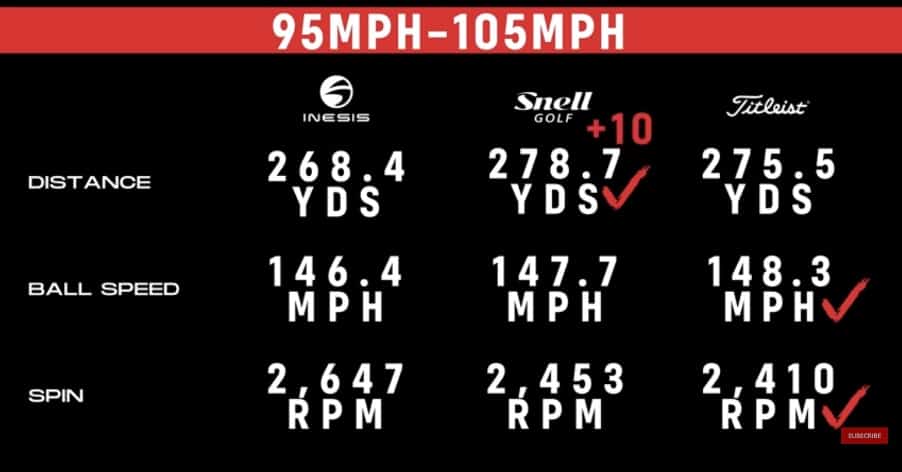
Final Thought
Golf ball choice today can seem overwhelming to a lot of golfers and it’s easy to see why.
There are literally over a thousand options to choose from.
It’s important to remember though that while distance is vital in modern golf, and a few extra yards through choosing a different golf ball is not something to easily dismissed, it is not the only factor to consider when making your final choice.
Choosing the right golf ball does not just mean asking yourself whether you want to gain distance off the tee or even with your irons but also whether you want to gain around the greens and you should always choose your golf ball from the green backwards.
In other words see how it first ‘feels’ and sounds off the putter, then when chipping and pitching, with your irons and finally with your driver.
And if you are just starting out, or haven’t yet developed a repeatable swing or short game, just buy the cheapest low compression or soft feel golf ball.
Only think about upgrading to something more expensive with a urethane cover once your game improves.
Whatever standard of player you are though just don’t keep chopping and changing your ball from one round to the next.
If you are doing that it won’t matter whether the golf balls are expensive or cheap as it is that strategy rather than the golf ball which will be hurting your scores the most!
Using a ball that’s well suited to your game is important, but even more important is consistency.
More great articles related to this topic:
- What Determines Driver Distance? Skill Triumphs Over All!
- How Do Pros Hit the Ball So Far? It’s Not About the Equipment!
- Do All Golf Balls Go the Same Distance? Physics First
- What Affects Golf Ball Distance? Beware ALL the Uncontrollables!
- Why Don’t Pros Use Coloured Golf Balls? It’s Not Black and White
- What Golf Balls Do LPGA Players Use? Top 50 Player Breakdown
- Are Driving Range Distances Accurate? Golf Balls are a Problem
- What Golf Balls Do the Pros Use? Top 100 PGA Tour Players Breakdown
- Do Golf Balls go Bad? Grab a Dime to Check!
- Do Heated Golf Balls Go Further? Keep Them in the Room!
- How Far Should Your Ball Speed Go? 100mph All the Way to 210mph!
- How Far Should Your Driver Swingspeed Go? 60 to 120 mph Guide
RECENT ARTICLES
LEGAL INFORMATION
This site is owned and operated by Golfing Focus Limited, a private limited company whose registered office is in London, UK. Golfing Focus Limited is a participant in the Amazon Services LLC Associates Program, an affiliate advertising program designed to provide a means for sites to earn advertising fees (at no cost to you) by linking to Amazon.com. Golfing Focus Limited also participates in other affiliate programs with the eBay Partner Network, FlexOffers, CJ.com, Svorn and other sites and is compensated for referring traffic and business to these companies (again at no cost to you).
Our Socials

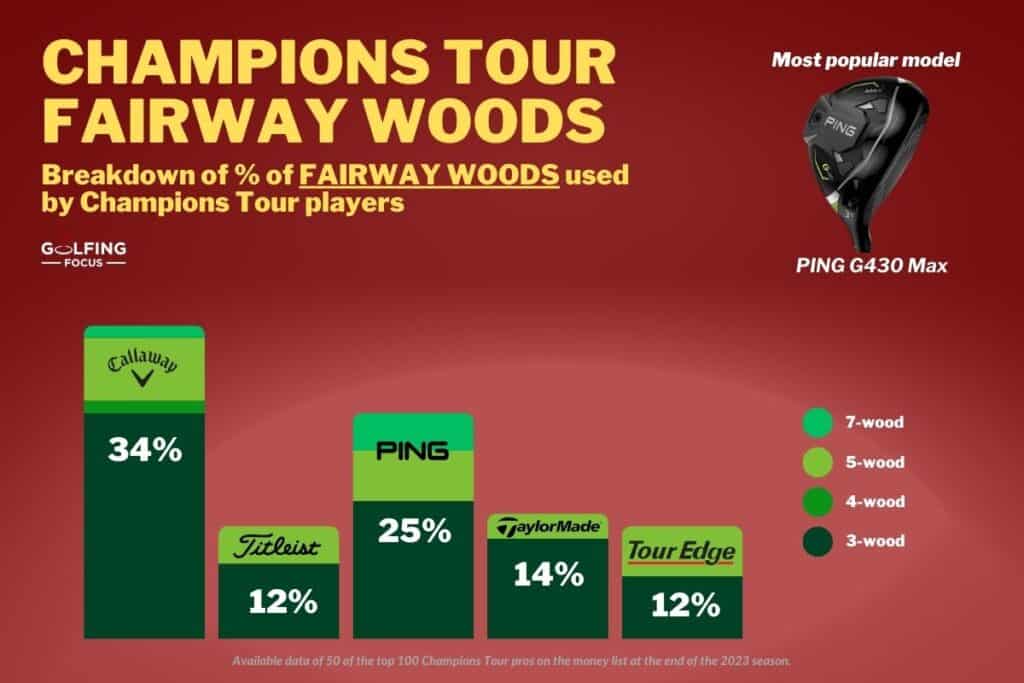
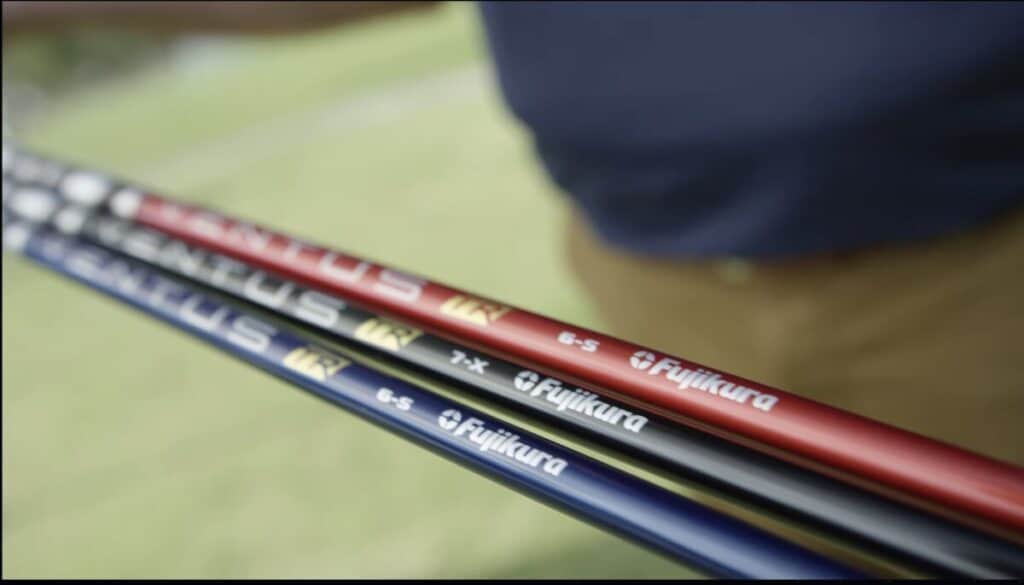
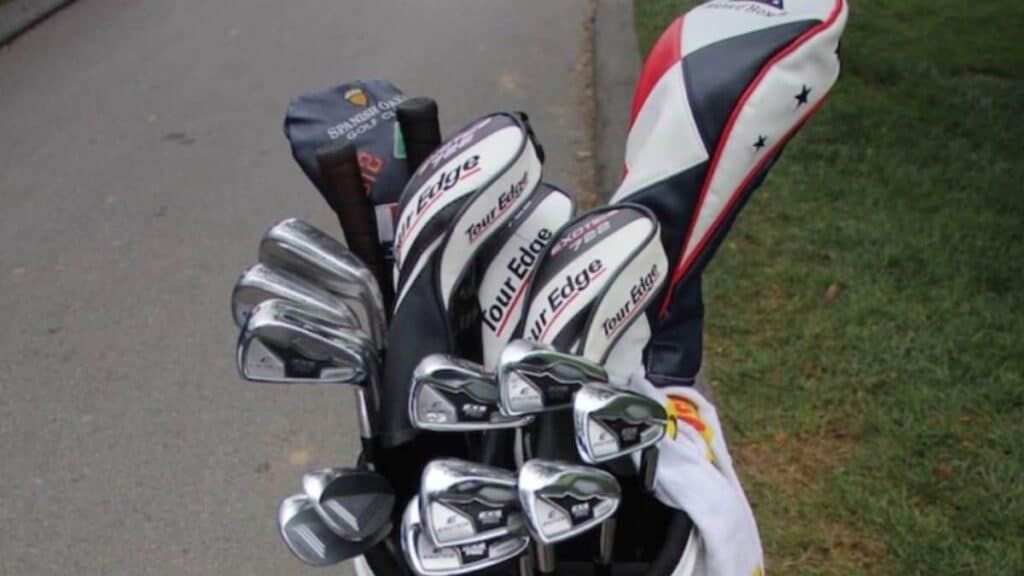
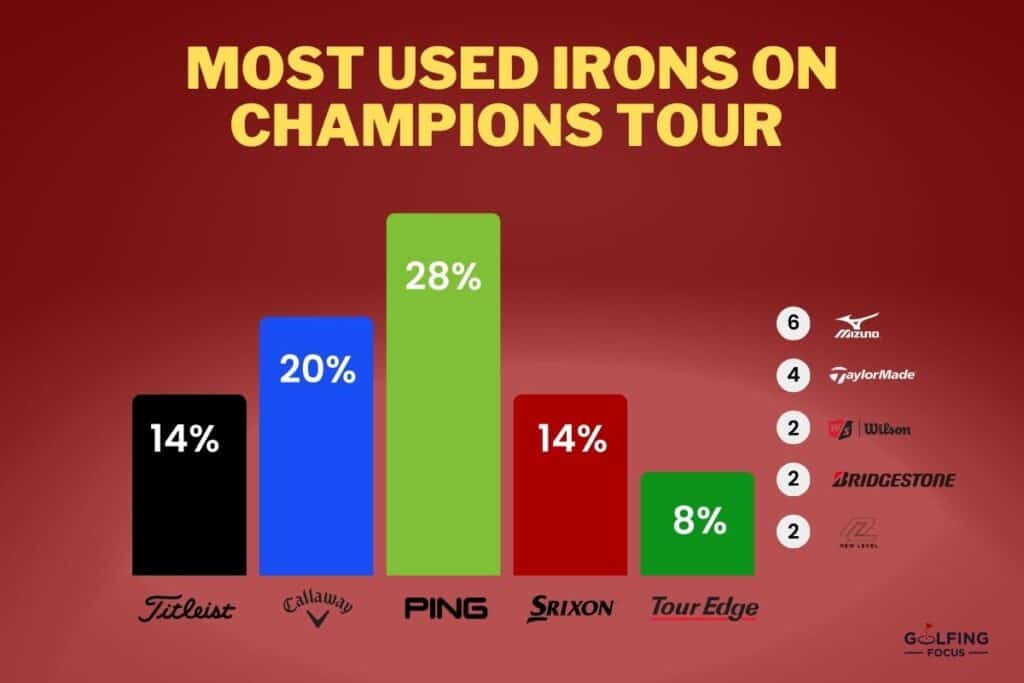

Leave a Reply